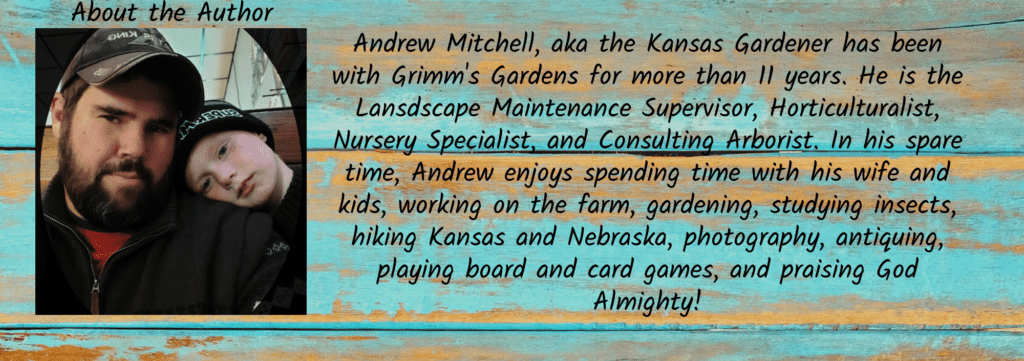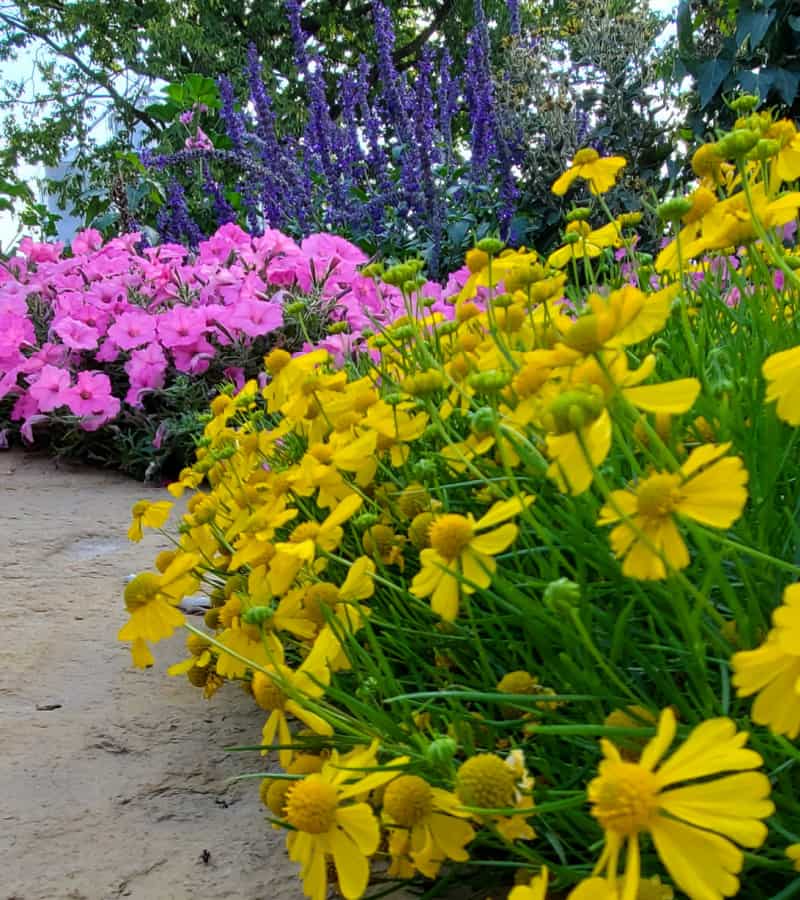Drought in 2022 has been very tough on a lot of gardeners, not just those in Kansas and Nebraska. However, a lot of good has also come from the drought and heat. We have learned a lot about our landscapes, and just how tough our plants can be. Besides drought, we have also had extensive heat, from May to September; and it was also a mast year.
Looking back over the season, I am glad I do a lot of photography. It lets me look back through the months to se how well plants performed. However, much of what we will learn from 2022 will be in 2023. Depending on winter rain or snowfall, we may lose a number of trees and shrubs in early 2023, thanks to overly stressful conditions, and loss of energy reserves from masting.
But there is still a lot to gain. With careful consideration, we can better advise customers and clients as to what plants to add to the landscape for future drought years, as well as what type of landscape to install. I see a wave of natural or native landscapes coming in the future, with emphasis on local ecotype native plantings. I have learned a lot about historical landscapes from the Great Plains to the Appalachian Mountains, and a savannah type of landscape seems to have been very prevalent.
What is a savannah? A savannah is a mixed-woodland and grassland ecosystem. Many people think of Africa as savannah, but much of North America, Europe, and Asia also had savannah type ecosystems with trees, shrubs, grasses, and forbs intermingled. These areas were very biodiverse with large and small grazers, large and small predators, and many species of birds, small mammals, reptiles, and amphibians.
Planning for Drought
It can be very difficult to plan for drought. While we do not know what kind of season we will have to endure each year, drought is likely a big part of our future. Drought seasons are cyclical, meaning they come back around just like the tide in the ocean. Weather patterns change year to year, and we must prepare for drought to come. To properly plan for this, I would recommend trying to get your landscape back to a savannah, if possible.
For many homeowners, it would be very difficult to change over the landscape to a savannah type. Due to city and HOA regulations, many gardeners have to keep their lawns mowed and free of weedy looking plants. But for those with large acreages, or those living in rural areas, you can do a modified savannah, or meadow/glade type of landscape.
These types of landscapes include large and small, adapted or native trees, groupings of shrubs, grasses, and a variety of annual and perennial forbs. Trees can be planted in groupings on berms or among the other plantings. Shrubs are planted also in groupings. And grasses and forbs are mixed throughout, with wet and dry species being planted where they best fit to the lay of the land.
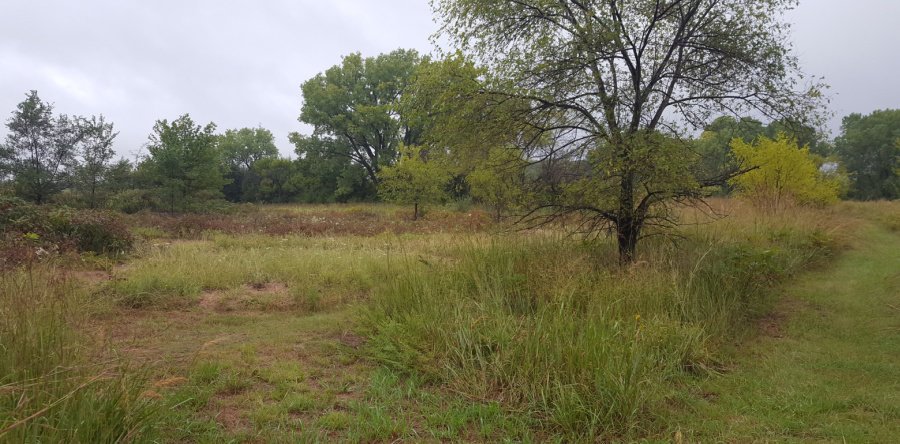
Picking Plants that are Drought-Tolerant
How do we go about picking plants that are drought tolerant? And how do we KNOW they are the right ones. Start with plants native to your specific eco-region. If you live in the Rocky Mountains, you do not want to surround yourself with plants from the coastal regions of Florida. Living here in the Central Great Plains, I can grow many species from the Great Plains, Midwest, and Ozark Mountains. But should I? I try to limit myself mostly to plants found within my eco-region, from Omaha, NE south to Olathe, KS, and east from Marysville, KS to Maryville, MO.
Tough Trees for the Central Great Plains
While our recommendations for trees is greatly varied, and you can grow many trees in landscapes with irrigation systems; there are some trees which are better suited for our landscapes and can be added easily into a savannah type landscape plan.
- Hackberry – one of my favorite trees, the hackberry is tough and durable. Despite drought conditions, I watched several older trees keep up their bright green leaves with little to no dropping in the worst of the weather in August and September. Hackberry can grow 60 to 100 feet tall by 40 to 60 feet wide.
- Bur Oak – with a number of great varieties available, bur oaks are tough. One of the largest trees in the Central Great Plains, they can grow 60 to 80 feet tall and 60 to 100 feet wide. And they are great for more insects than any other tree we have.
- Kentucky coffeetree – A great tree for the landscape. They often grow in groves of suckers, making they look like a grove of multiple trees. Growing 50 to 70 feet tall and 40 to 60 feet wide, they are great for wildlife and give a tropical look with their leaves.
- Shagbark Hickory – though they are difficult to propagate by grafting, they easily grow from seed. Many hickories (not all) in general are tough, upland trees, growing on ridges above streams. Shagbarks grow 40 to 60 feet tall and wide. And they are great for wildlife, especially mammals and birds.
- Cottonwood – I have come across a lot of arborists who either love or hate these. Personally, I love them. Besides being quick growers, up to 120 feet tall and 100 feet wide, cottonwoods often grow in clumps. They can grow down in the bottoms by the river, or up above, far from it.
- Redbud – as an understory tree, and planted in clusters, they grow well up to 30 feet tall and 20 feet wide.
- American bladdernut – a small tree that is great in the understory, under larger trees. Very unique, growing 10 to 15 feet tall and wide.
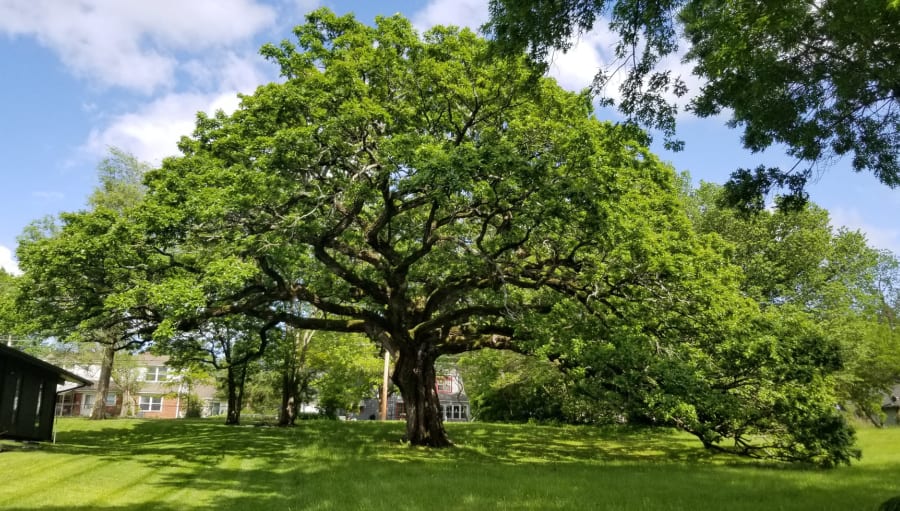
Drought Tough Shrubs for the Savannah-Type Landscape
Adding shrubs to the landscape, but not in the usual form of 3 here, 5 there, is essential to creating a diverse, savannah type of landscape. The best thing would be to let nature decide which to plant, but most people will not be able to have the large and small grazers (bison, deer, antelope, rabbits) in the landscape to control size. So we plant according to our desires, in a way that is pleasing, as well as tough.
- American hazelnut – growing in large colonies, hazelnut reaches 12 feet tall and wide, per individual plant. Also, they have edible nuts, and grow well with some part shade from trees.
- Roughleaf Dogwood – a bane to the Flint Hills, but a boon to the meadow. Again, without proper grazers, this plant could be difficult to control in large landscapes. However, it is easily removed by digging with a mattock, so not a problem in my landscape. Plants grow 6 to 10 feet tall in thickets or clusters.
- American plum – Another thicket forming shrub, they too produce edible fruit for humans. Besides that, they can grow 10 to 18 feet tall. And they have excellent fall color.
- Smooth sumac – and another thicket former (are we noticing a pattern yet?). This seems to be quite common in the Central Great Plains, perhaps so they can withstand drought better. Smooth sumac grows 6 to 12 feet tall with bright red, edible berries, and red fall color.
- Blackhaw viburnum – there is also a trend of plants with edible fruit. The blackhaw, although fairly unknown, grows 10 to 20 feet tall, forming large thickets. It has shiny leaves which turn reddish in autumn, and edible black berries. A great plant for nesting birds.
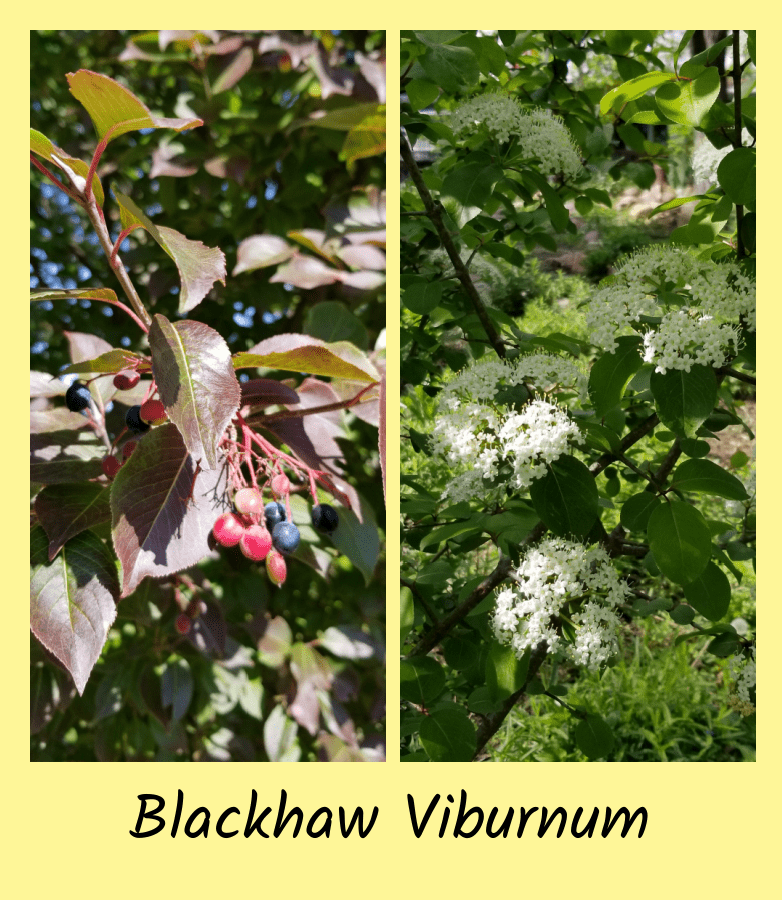
What Plants (Native and Non-Native) did Best in 2022?
These are plants from around the Central Great Plains region which withstood the drought, despite being in non-irrigated landscapes, that also were not planned to withstand drought. Choosing plants this way can be tricky, but I am looking at the overall performance of perennials, grasses, and annuals which are routinely planted in mixed landscape situations.
Perennials
- Ornamental onions (Milennium, Serendipity, Lavender Bubbles)
- Rudbeckia ‘Little Henry’
- Rudbeckia ‘American Gold Rush’
- Calamint
- Lavender (Munstead, Hidcote)
- Slender Mountain Mint
- Sedum (Autumn Fire, Strawberry Milkshake, Autumn Joy)
- Aromatic Aster
- Goldenrod (Fireworks)
- Willowleaf Sunflower (First Light and Autumn Gold)
- Butterfly Milkweed
- Catmint (Cat’s Pajamas, Whispurr Pink)
- Daylilies
- Rose Verbena
- Prairie Dock
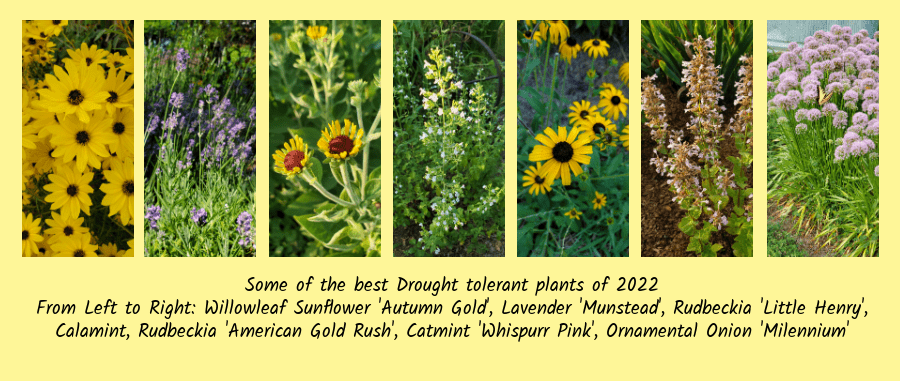
Best gardening apps for Android
Grasses
- Switchgrass (Shenandoah, Dallas Blues, Niagara Falls, Totem Pole, Cheyenne Sky, Apache Rose)
- Indiangrass
- Little Bluestem (Standing Ovation, Twilight Zone, Prairie Blues)
- Prairie Dropseed
- Big bluestem (Blackhawks)
- Miscanthus (Little Zebra, Morning Light, Bandwidth)
- Purple love grass
Annuals
- Helenium (Dakota Gold)
- Gomphrena (Fireworks)
- Zinnias
- Mexican sunflower
- Supertunia (Bubblegum, Latte)
If you choose to plant any of the above plants, and you live in the Central Great Plains region, then you should do well, even if its hot and dry.
Take-Aways from 2022
- Drought can happen at any time, and be extended for many weeks and months.
- Planning for drought should include designing your landscape to match native landscapes of your eco-region.
- Water saving through ponds, rain barrels, and cisterns is important to avoid costly water bills.
- There are many plants which are drought and heat tolerant and will do well with little rainfall.
Conclusion
Drought tolerant plants really need to be evaluated over more than just one difficult season, but over several. However, with the drought of 2022 being very widespread, there was a lot of data to look at. Native and adapted plants did the best in gardens where irrigation was not available, and planting some of these in the future will insure getting good results in similar years.
Happy planting!
